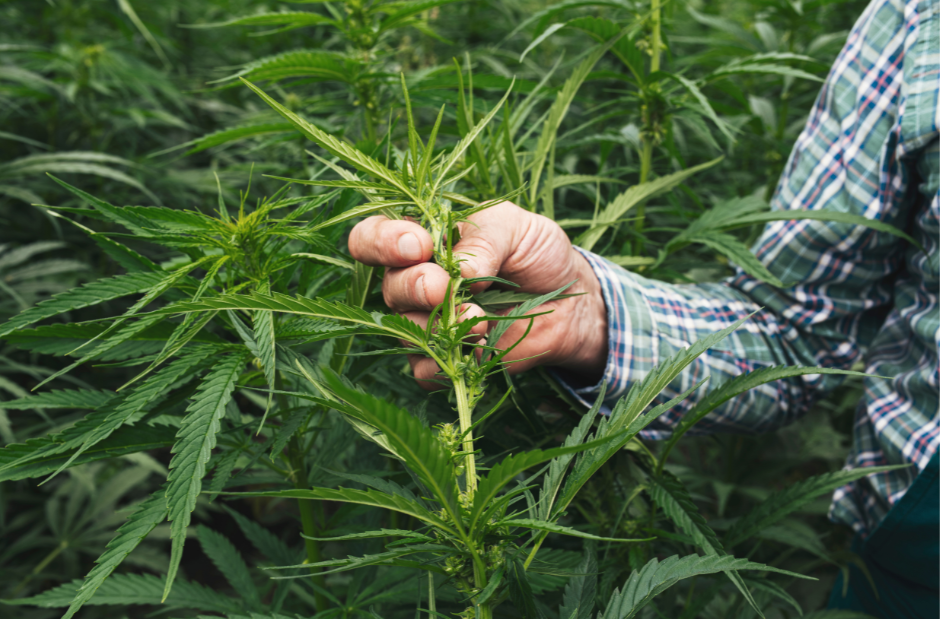For the past decade, climate change and sustainable farming practices have sparked much discussion. While some are dedicated to advancing renewable energy, others emphasize water conservation. In reality, there are countless ways to make a positive impact on the planet for generations to come—and hemp is one of them.
Hemp is an incredibly versatile plant with a wide range of benefits. The surge in biomass availability has propelled cannabinoid research, particularly in medical applications. Hemp seeds offer valuable protein and fiber sources for both humans and animals. Products traditionally made from paper can now use eco-friendly hemp fiber, and even construction materials can be derived from hemp to build sustainable homes.
Given its many uses, how exactly can hemp contribute to sustainable farming practices and help restore soil quality?
It All Starts at the Roots
In the 1930s, the United States endured a period known as the Dust Bowl. Due to a combination of drought and unsustainable farming practices, much of the country’s farmland suffered extensive soil erosion. The Library of Congress explains, “The farmers plowed the prairie grasses and planted dry land wheat. As the demand for wheat products grew, cattle grazing was reduced, and millions more acres were plowed and planted.”
By stripping away the natural grasses, the soil was left exposed to harsh elements—especially the fierce winds typical of states like Kansas and Oklahoma. This vulnerability set off a devastating chain reaction that has since been captured in American art and literature.
Removing native plants leaves soil susceptible to erosion, but sustainable farming practices and planting crops with deep root systems, like hemp, can help anchor the soil, providing essential protection against erosion.

Harnessing Hemp for Soil Restoration
Hemp’s ability to restore soil health goes beyond reducing erosion—it can actively rehabilitate degraded soils by absorbing and storing pollutants like heavy metals, pesticides, and other contaminants. This process, known as phytoremediation, allows hemp to “cleanse” the soil as it grows, capturing pollutants within the plant until it’s harvested.
For instance, a 2020 study in GCB Bioenergy noted, “Numerous studies have demonstrated that hemp is effective at extracting heavy metals and radionuclides, dispersing these contaminants throughout the plant in varying concentrations.”
Progress in Recent Research
Recent studies have deepened our understanding of hemp’s role in soil restoration. In 2022, researchers at the USDA-ARS Western Regional Research Center in California found that industrial hemp’s deep roots and resilience to metal accumulation make it highly effective for extracting heavy metals from the soil. According to their findings, “Hemp’s extensive root system not only supports this metal absorption but also makes the plant commercially valuable post-harvest.”
As legalization has increased biomass availability, research into hemp’s potential for soil restoration has expanded rapidly over the last decade. More accessible seeds and plants are opening new research avenues.
Looking Ahead
Hemp offers great promise for environmental rehabilitation. Its ability to absorb toxins and curb soil erosion positions it as a powerful tool in ecological restoration. The next challenge, however, is finding the best post-harvest uses for hemp plants containing these contaminants—a crucial area that still holds many questions.
